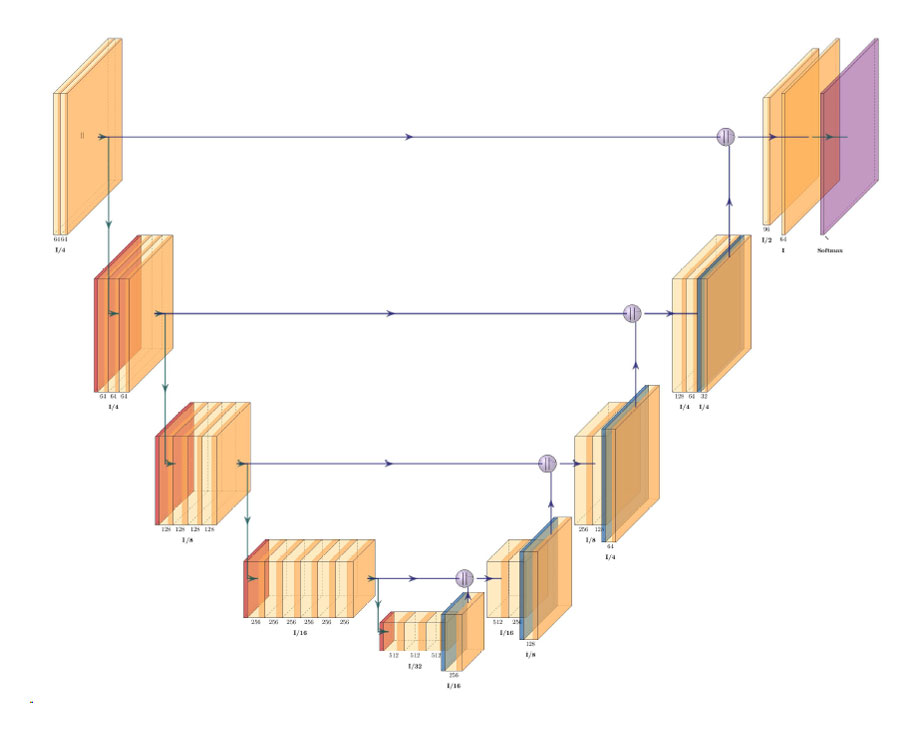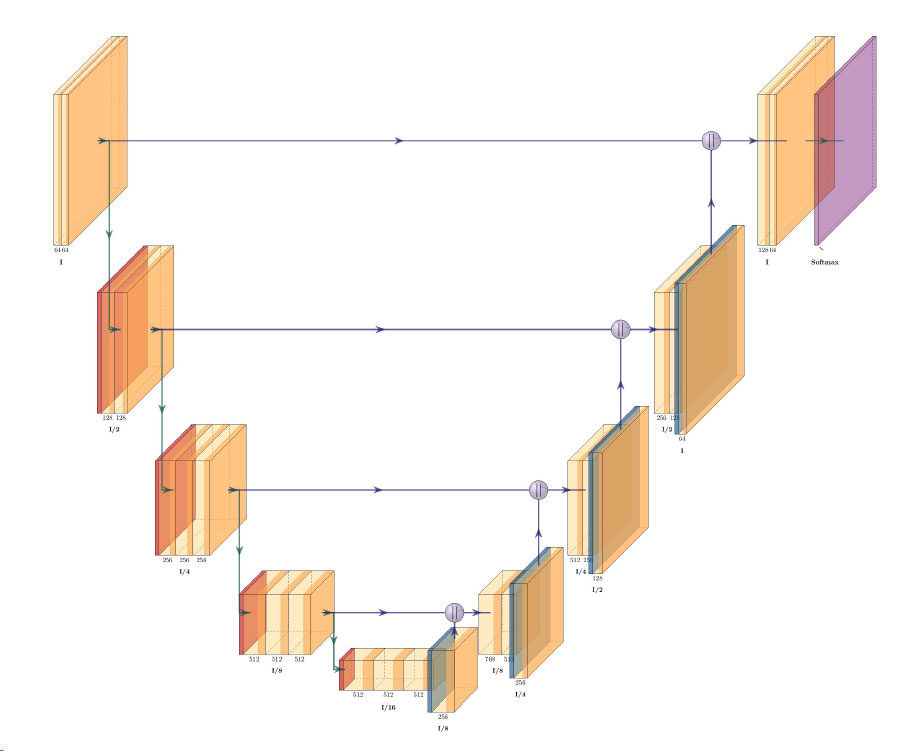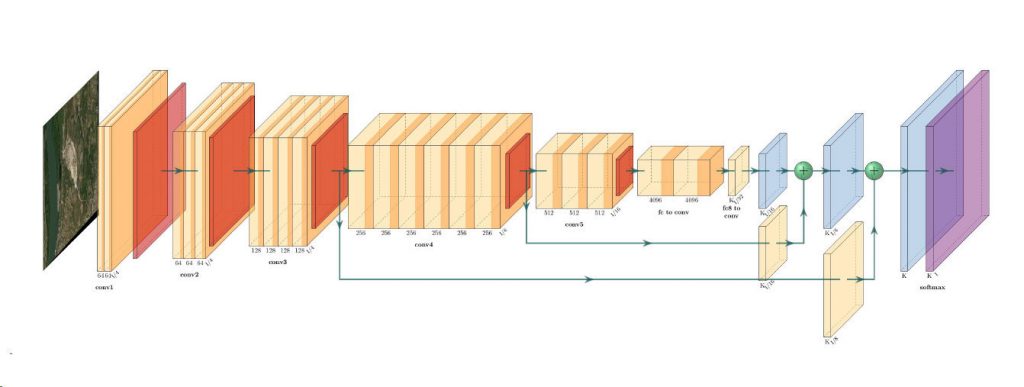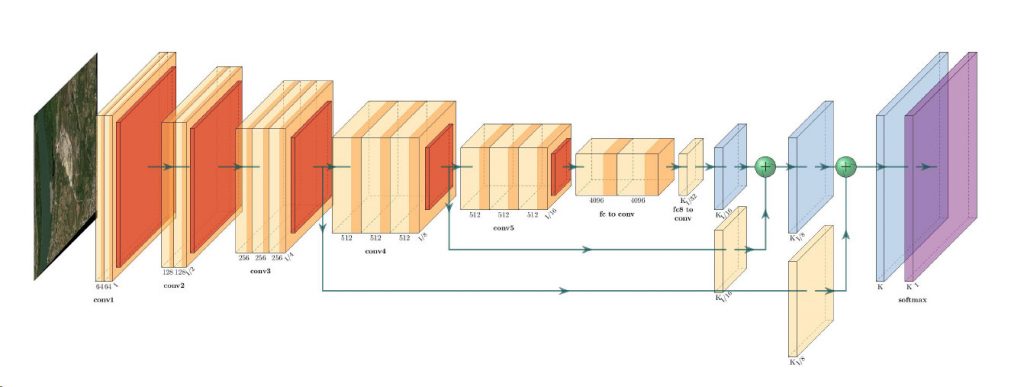Major Oil Spill in the Mediterranean
- European Space Imaging
- 10 October, 2018
French and Italian maritime authorities have commenced cleaning a major spill that has spread 20 kilometers in the Mediterranean Sea after two cargo ships collided north of the island of Corsica on Monday 8 October 2018.
European Space Imaging captured a series of satellite images of the site on Tuesday 9 October at 50 cm resolution with WorldView-2.
The vessels involved in the accident are the Ro-Ro Ulysse, owned and operated by the Tunisian shipping company Cotunav, which ran into the boxship CSL Virginia, owned by Cyprus Sea Lines while it was anchored about 30 km off the northern tip of the island causing upwards of 600 tonnes of fuel to be leaked.
Whilst no one was injured during the collision, the extent of the damage is considerable. Although it is still too early to determine exactly what happened, satellite imagery analysed from before and after the incident can provide key insights to assist the investigation process.
“Satellite Imagery is useful for first responders of any crisis to assess the scope of damage and get another view of the scene. It can also help to monitor and detect any changes that may be critical to minimising or even eliminating further catastrophe” said Adrian Zevenbergen, Managing Director of European Space Imaging. “The benefit of satellite imagery is that the different spectral bands can be used to classify unidentified materials making it an invaluable source of information for maritime disaster management.”
In an effort to contain the disaster, tugboats have been dispatched from three Italian ports and the French navy has also provided a vessel specialised in containing and cleaning up spills with oil spill experts dragging a floating barrier to contain the oil followed by the use of a skimmer to suck up the fuel.
“Satellite remote sensing plays a very strategic role in maritime surveillance and supports the entire response process, from providing initial detection and assessment for situational awareness to directing clean-up efforts” said Dr. Melanie Rankl. “Very high resolution satellite imagery is an additional asset to that of traditionally used radar-based oil spill detection technology. Its ability to provide a detailed overview of the area plays a complimentary role in conducting on-going assessments and monitoring the extent of damage.”
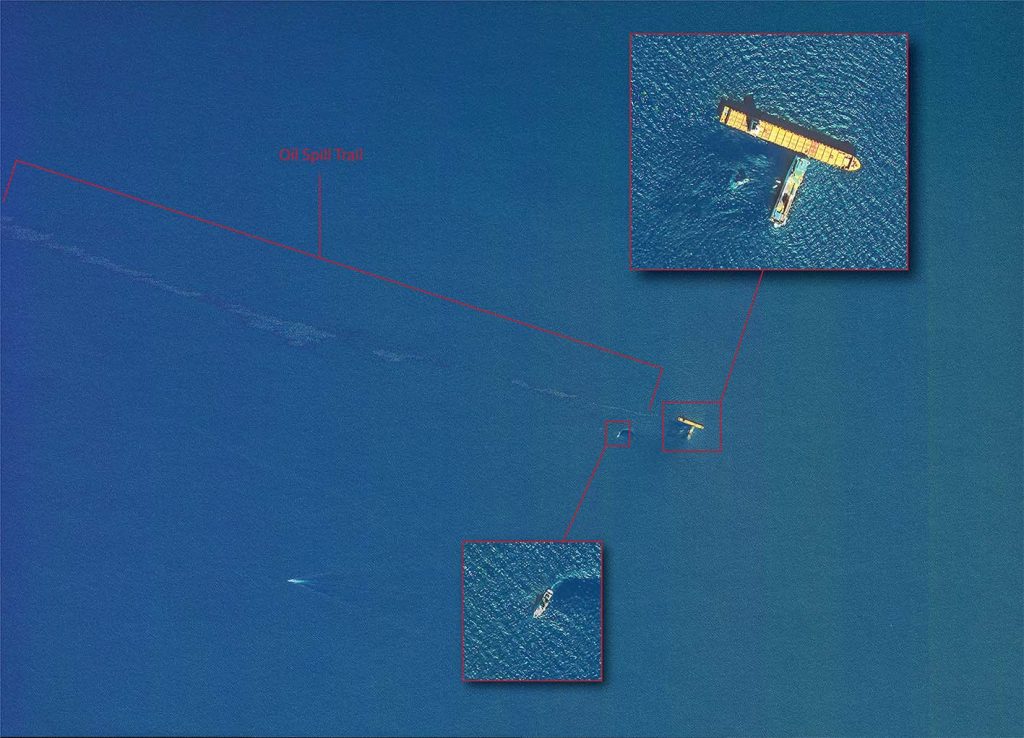
Satellite image at 50 cm resolution showing the collided ships and subsequent oil trail off the coast of Corsica, Italy. The high quality of the data makes it possible to zoom in on the image and thereby identify the extent of the damage and surrounding clean up efforts. ? 09/10/2018 by WorldView-2 © European Space Imaging
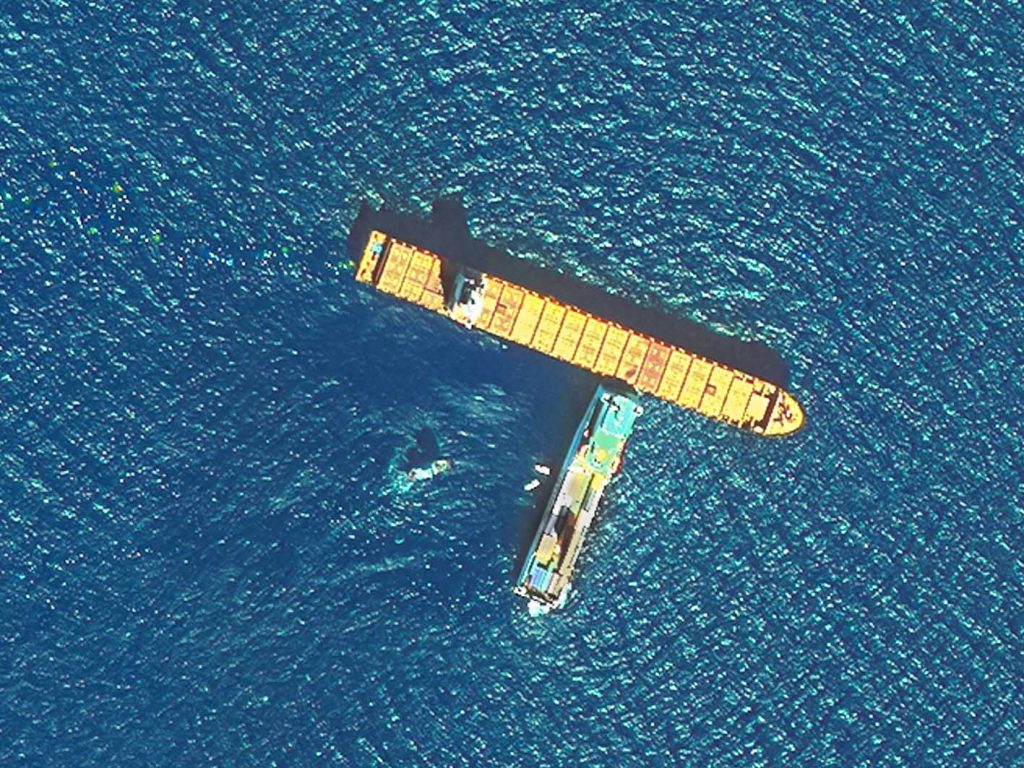
Related Stories
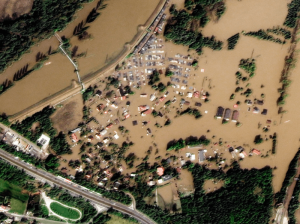
Synchronised Collections of SAR and VHR Optical Satellite Imagery Revolutionise Flood Management
As climate change accelerates, the frequency and severity of flooding events are becoming increasingly alarming. In response, innovative tools like DoubleShot, developed by European Space Imaging in partnership with Umbra, are transforming flood management strategies. By combining the power of Very High Resolution (VHR) Synthetic Aperture Radar (SAR) and Optical satellite imagery, DoubleShot delivers a comprehensive, weather-independent solution for near real-time flood mapping and monitoring.

The Successful Launch of Maxar’s WorldView Legion and the Impact on European EO Applications
The first four long awaited WorldView Legion Satellites are now orbiting Earth. What does this mean for space-based remote sensing projects around Europe? In this webinar, EUSI is joined by representatives from Maxar Technologies. We discuss the unique technology within these satellites and how this significant increase in capacity of 8-band multispectral 30 cm class imagery is already poised to impact ongoing projects and increased demand across all sectors including Large Area Mapping, Security, Emergency Response, Agriculture and Research/Education.
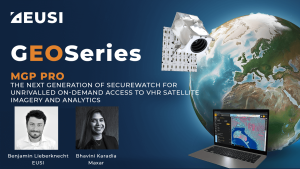
MGP Pro Demonstration
Instant access to VHR satellite imagery via web or API. European Space Imaging recently recorded a webinar in which they demonstrated all the functionality of
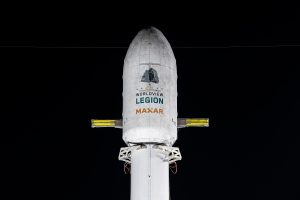
EUSI Will Soon Offer Intraday Monitoring Across Europe After Maxar’s Second Successful Launch of WorldView Legion Satellites
With the successful launch of Maxar Intelligence’s second set of WorldView Legion satellites, European Space Imaging (EUSI) will soon offer up to eight daily collection opportunities in key latitudes across Europe and North Africa – a number that will increase after the final WorldView Legion satellites are launched and all six satellites are operational.


